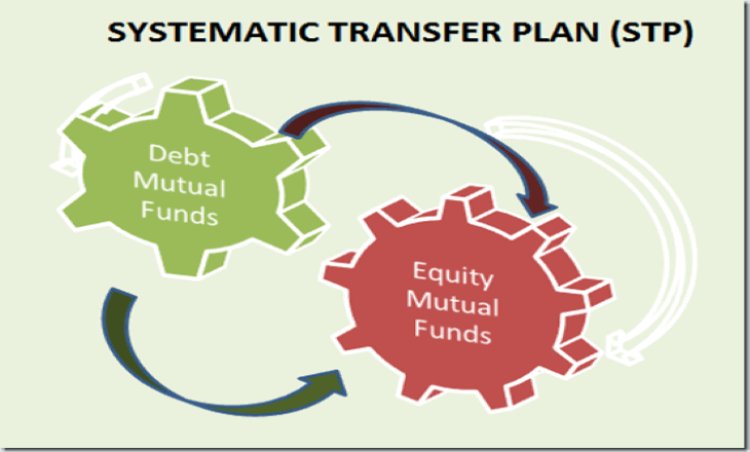What Is the Meaning Of STP In Mutual Fund
Systematic Transfer Plan (STP) is a strategy where an investor transfers a fixed amount of money from Source scheme to Target scheme

If you intend to invest in a mutual fund in the near future, it is crucial that you become familiar with the various terms associated with it. This will assist you in making a more informed and accurate investment decision that is consistent with your financial objectives. STP is one of the many mutual fund concepts you must understand. Curious about STP in mutual funds? Here is all the information you need about this unique feature.
What is STP in Mutual Funds?
Systematic Transfer Plan, or STP for short, is a service provided by several mutual fund companies. When an investor chooses STP, they can move a predetermined amount of money from one mutual fund to another. It is possible to move money from one mutual fund to another in a single, quick transaction, or gradually over time.
Investors looking to switch between mutual funds offered by the same fund house can use this functionality, but only within those funds. Similarly, investors who desire to switch between mutual funds managed by separate fund houses cannot employ a Systematic Transfer Plan.
How Does STP in Mutual Funds Work?
Now that you know what "STP" stands for in the context of mutual funds, it's time to examine its operation. We've developed an illustration to aid with your grasp of the principle.
Let's pretend you put away around Rs. 50,000 in your youth into an equity mutual fund. Your risk tolerance has diminished over the past decade, and you now prefer the reliability of fixed-rate debt instruments to the potential for growth that comes with stocks. During this time, your initial investment has grown to be worth around Rs. 1,20,000.
Since your investment interests and aims have shifted, you've decided to switch your money over to the debt side of things. You decide to move your money from an equity mutual fund to a debt mutual fund within the same fund house, and you do so using the Systematic Transfer Plan, moving roughly Rs. 10,000 per month.
After a year, your equity mutual fund's entire value, including any additional gains your portfolio may have made, would be automatically moved to the debt fund of your choice.
What are the Benefits of STP?
There are plenty of reasons why you should opt for a Systematic Transfer Plan to switch between two mutual funds. Here’s a quick overview of a few of them.
1. Helps you Rebalance the Portfolio
Portfolio rebalancing is an important activity that every investor needs to do periodically. This allows you to ensure that you meet your financial goals and objectives. By opting for STP in mutual funds, you can accomplish portfolio rebalancing effortlessly and in a hassle-free manner.
2. Lowers Overall Cost of Investment
If you opt for a Systematic Transfer Plan where you slowly transfer a fixed sum of money from the source mutual fund to the target mutual fund over a certain period, rupee cost averaging kicks in, reducing the overall cost of your investment.
3. Helps Maximize Returns
The equity market fluctuates cyclically between favorable and bearish periods. Using the STP option in mutual funds, you can transfer from debt funds to equity funds during bull markets. Alternatively, you can transfer from equity funds to debt funds during bear markets. This allows you to capitalize on market fluctuations and maximize your returns.
4. Brings About Stability
To elaborate, the STP function can be utilized to avoid losing money in the event of a decline in the market. For this reason, the Systematic Transfer Plan includes a temporary transition to debt funds in the event of a bad market trend. When that happens, you can reinvest in stocks if you like. By doing this, you can help stabilize your investment portfolio.
Conclusion
You should have a firm grasp of the STP idea in mutual funds now. You should note that STP is treated as a redemption and triggers capital gains tax if you intend to use it. If you're going to implement a Systematic Transfer Plan, you'll need to take this into consideration.
Conversely, if you haven't started investing in the stock market but plan to in the future, you'll need to open a Demat account first. You can open a free trading and Demat account with Motilal Oswal from the convenience of your own home by filling out an online application. So, open a trading and Demat account and get started on the road to financial independence by investing in equities, mutual funds, and initial public offerings (IPOs).
Read Also : Why Should You Invest Your Money in Index Funds?



















